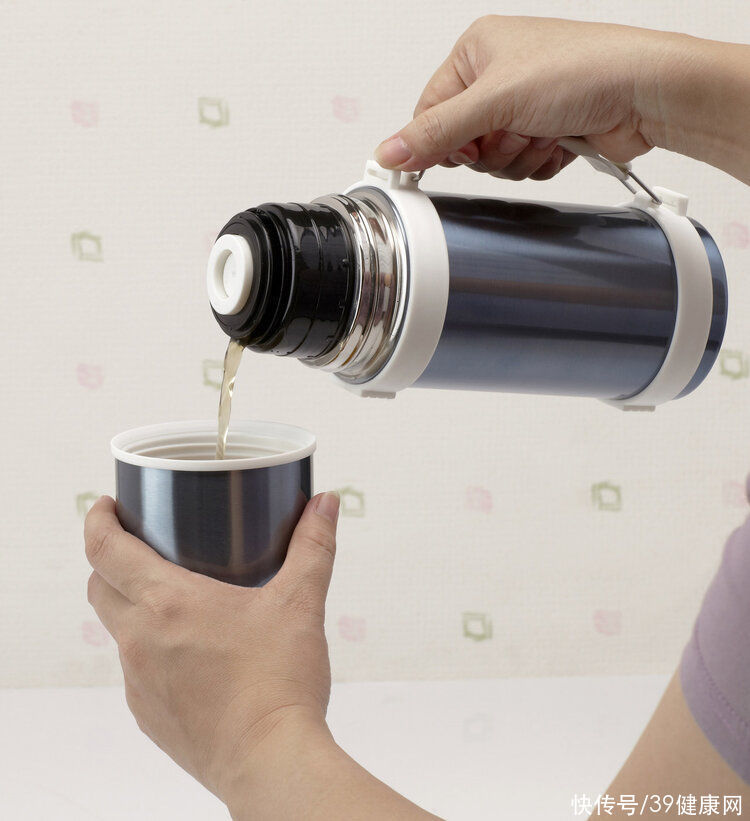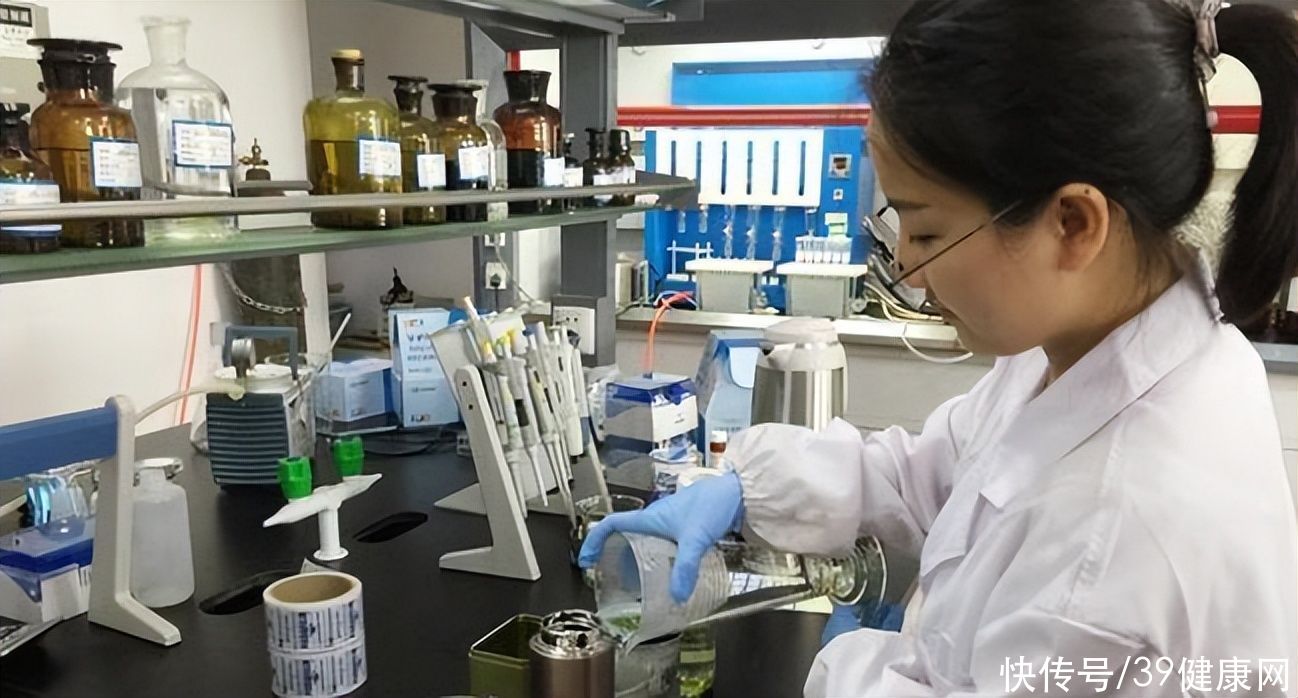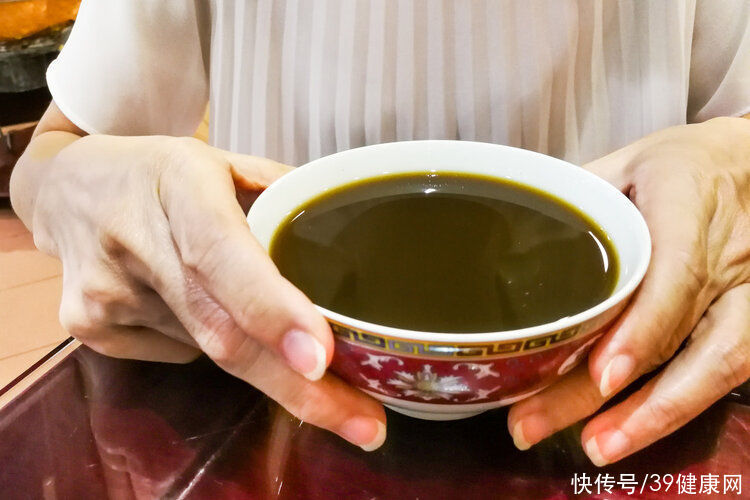“Why are you still drinking tea in a thermos cup? Be careful of poisoning if you drink too much”
“Why are you poisoned? Tea can be healthy.”
” CCTV has exposed it before, saying that the thermos cup is very poisonous! I think you should use it less, It seems that it will precipitate heavy metals and cause cancer”
”Really? It feels exaggerated ”
“…”
“The thermos cup is poisonous”, I believe many people have heard it I said that, but in real life, thermos cups are widely used to hold all kinds of hot water or hot food. Is it really toxic? Let’s take an experiment to reveal the truth.

1. “Hot water goes in, poisonous water goes out”? The experiment tells you the answer
Because CCTV has exposed the incident of “toxic thermos cups”, many people are worried that the widely used thermos cups will be harmful to health. Will the thermos really “hot water in and poisonous water out”?
First of all, let’s take a look at the thermal insulation principle of thermos cups.
The thermos cup is developed from the thermos bottle. In order to facilitate carrying, the thermos cup has a double-layer structure. The inner tank and the two layers of stainless steel on the cup body are welded and combined. Vacuum, Vacuum does not transfer heat, which can reduce heat conduction, thereby achieving the effect of thermal insulation.
On the Internet, it is said that “using a thermos cup to make tea is easy to precipitate heavy metals, which is not only toxic but may also cause cancer”, is it true? Let’s look at an experiment.
In order to verify whether heavy metals will precipitate out of the vacuum flask, Ms. Wang from Yiwu City found the Product (Commodity) Quality Supervision and Inspection Institute of the Market Supervision Bureau and asked professional inspectors to conduct inspections .
During the experiment, the inspectors took 9 tea cups and 3 tea filters of different materials as samples, The materials are stainless steel, plastic, glass, ceramic and disposable paper cups, of which 7 are thermos cups, and the tea strainers are made of stainless steel, ceramic and silicone.

Source: China Yiwu Network
The inspector takes 3g The tea leaves are put into each cup and tea strainer and steeped with the same amount of water. After more than an hour, the tea was poured into a test tube, and the content of lead, arsenic, cadmium and chromium was measured with a detector.
The standard requirements for inspection results refer to GB 4806.9-2016 “National Food Safety Standard for Food Contact Metal Materials and Products”. The migration index of stainless steel products is: chromium≤2.0mg/ kg, arsenic≤0.04mg/kg, cadmium≤0.02mg/kg, lead≤0.05mg/kg.
It was found that,except that the No. 3 cup was used for a long time, and the heavy metals were slightly higher, the detection amount of other materials is relatively low.
In this regard, the researchers said: “Under normal circumstances, heavy metals are not precipitated from tea brewed in a thermos, even if there are Precipitation is also a very small amount, you can eat it with confidence.”

Picture Source: China Yiwu Network
Is it good to use a thermos to make tea?
“CCTV Life Circle” once conducted an experiment of making tea in a thermos cup, and found that under long-term high temperature and stuffy brewing, will destroy the tea. The quality characteristics of tea, including the discoloration of the tea soup, the strong aroma, and the significant increase in bitterness, so it is not recommended to drink tea in a thermos cup.
In addition, these foods are not suitable for the thermos:
Milk : Acids in dairy products react chemically with stainless steel, can spoil and spoil milk, causing abdominal pain and diarrhea.
Acid drinks: If the inner liner of the thermos is made of high-manganese and low-nickel steel, it is not suitable for acidic drinks Beverages, this material is easy to precipitate heavy metals in the presence of acid, long-term drinking may damage health.
Chinese medicine: Chinese medicine has different acidity and alkalinity, also easy to corrode The stainless steel inner wall of the vacuum flask, which produces a chemical reaction.

Second, is it good to soak wolfberry in a thermos?
“Soak wolfberry in a thermos cup” is a songWords have also become a way of life for some people. Let’s not talk about whether it can be healthy to soak wolfberry in a thermos, but friends who like to drink this way should pay attention, there may be hidden risks.
In 2020, there was a girl in Fuzhou who forgot to drink the red dates and wolfberry in a thermos cup. When she opened it more than ten days later, the thermos cup suddenly “exploded”. < /span>The lid of the cup popped, causing the girl’s right eyeball to rupture.
Why does the wolfberry in the thermos cup explode? This has to do with microorganisms.
It turns out that dried fruits such as red dates and wolfberry are rich in nutrients. After soaking in hot water, the sugars are dissolved and decomposed, and they are more easily utilized by microorganisms.
When the temperature is suitable and the nutrients are sufficient, these microorganisms will ferment and produce a large amount of carbon dioxide and other gases , and the longer the time, the more gas is produced, and once it is suddenly opened, it may cause hot water to spurt and “explode”.

In addition to wolfberry,dried longan, white fungus , milk tea and other high-sugar and high-nutrient foods, long-term thermos cups are also prone to microbial fermentation.
In addition, drugs such as effervescent tablets will release a large amount of carbon dioxide when they come into contact with water. When such drinks are stored in thermos cups, it is easy to increase the internal pressure and cause the cup to burst. .
Here, we also want to remind everyone that hot water and gas are dangerous, so before opening the lid of the vacuum flask, it is best to slowly unscrew it and wait for the gas to slowly release out to avoid injury.
Third, how not to “step on thunder” when buying a thermos cup?
Insulation cups are widely used in daily life, so how to correctly select qualified thermos cups to avoid “stepping on thunder”?
1. Recognize imprints
The common stainless steel materials on the market are as follows: It can be identified by the imprint on the bottle mouth or liner:
- 201 stainless steel——industrial grade Stainless steel has poor corrosion resistance and is not recommended for purchase.
- 304 stainless steel——Food grade stainless steel with good processing performance and corrosion resistance.
- 316 stainless steel—medical grade stainless steel, with better corrosion resistance than 304 stainless steel, but the price is a bit higher .

2. Look at the appearance strong>
After purchasing, you must carefully observe whether there is any abnormality at the bottom of the cup, the lid and the mouth of the bottle, whether the switch button of the cup lid is normal, and whether the screwing performance and sealing performance are guaranteed.
3. Smell the smell
Qualified thermos cups are made of food Grade, less odor, basically no smell. If you smell a pungent smell, it means that the materials used are of inferior quality and it is best not to use them.
4. Touch performance
The thermal insulation cup can be touched to judge its thermal insulation. Fill the cup with boiling water and screw the lid tightly. After about 2 to 3 minutes, touch the surface of the cup with your hands.If you find a feeling of heat, it means that the vacuum layer is ineffective span>, the insulation effect of the inner tank is not good.

The thermos cup has become the standard for Chinese people to drink water, although it has a constant temperature effect , but it is not a “refrigerator” after all, so some drinks that cannot be put into a thermos should be drunk fresh, otherwise they will deteriorate, which is not beneficial to the body, and may even cause the risk of poisoning.
References:
[1] “Dispel rumors! Will heavy metals be precipitated when making tea in a vacuum cup? Authoritative experiments give answers”. Zhejiang Daily. 2018-08-23
[2] “The thermos cup became a “deadly cup” just because it was soaked… Many people have done it! “.People’s Daily Online Science. 2021-11-24
[3]”[Must see] Soaking these things in a thermos cup is not healthy and anti-toxic? The truth is…”.cctv Life Circle.2020-11-20
Reprinting is prohibited without the author’s permission